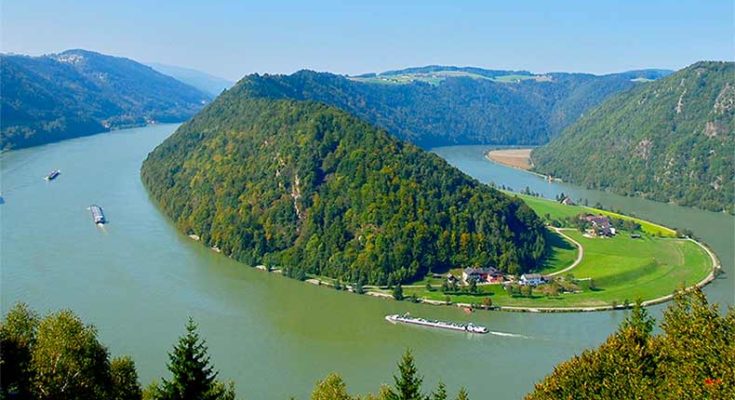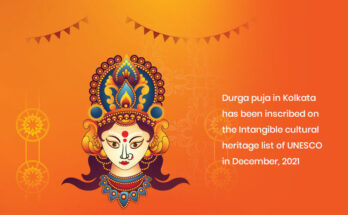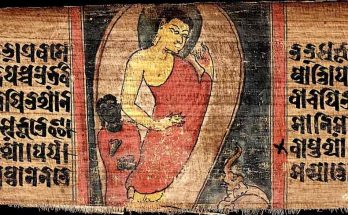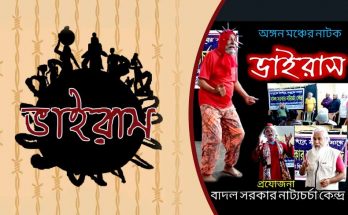Hungarians preserve their unique cultural heritage they maintain uniqueness in the world. Image Courtesy – http://escape.no
Hungary has some specific cultural heritage which attracts people from all over the world to have its flavour, especially tradition and modernism simultaneously. The country has one of the most beautiful cities in the world called Budapest, which is also named “Pearl of Danube”. Hungarians deserve their credit.
Devastated structures created by Romans which are almost 2000 years old and Turkish monuments, which are almost 400 years old are situated together. The largest freshwater lake of Central Europe named Balaton is there in Hungary for bestowing visitors a feeling of a natural paradise. A large number of therapeutic mineral springs are found in this country serving people ‘spa’ for amusement as well as healing.
Hungary, with a population approximately above 10.5 million and people here are really very much warm-hearted. Very few countries in the world have people like Hungary who can be marked as ‘True Friend’.
Budapest is the capital and the largest city of Hungary with 2 million inhabitants approximately. The city is divided by a river called ‘Danube’ which is the prime river of Eastern-Europe and Central-Europe. Pest side of the city is thick in a population where the Buda side is a hilly area with scenic beauty. Cultural events, exhibitions and festivals are held throughout the year at the bank of the river ‘Danube’. Students prefer this city of Budapest for its fascinating characteristics available for a young Hungarians.
Hungarian foods are very well known to Western Europe with its variety of cuisine and taste. Plenty of Hungarian food and International dishes are found in various restaurants throughout the country. A speciality of Hungary is its cuisine and hospitality.

A typical European continental weather is found in Hungary. Summer comes with a good amount of sunshine and warm, on the other hand, winter comes with frost and cold. The average temperature of summer months ranges between 20-25°C during day time, although the mercury can show 35°C in some hotter summer days. In January, which seems the coldest month on the calendar, the temperature is expected to touch 0°C around the middle of the day – nights dropping into minus temperature. The temperature in mountain areas of Hungary is expected between -30°C and -35°C in some winter days. More than 100 days of snowfall are seen in the mountain areas of Hungary during winter months.
Transportation system is very good. International, domestic, passenger trains, buses, trams, metros etc. are available with the affordable fare. Travellers are attracted here to the natural beauty of Hungary and the most significantly ‘Spa’ with natural mineral water. This is the best way to spend the holiday perfectly with a healing touch. Currency in Hungary is Forint (HUF). 1 Euro = 305.71 Hungarian Forint and 1 USD = 242.17 Hungarian Forint presently. Banks of Hungary here accept Eurocard, VISA, American Express, Eurocheque, thus making it easier for tourists from anywhere in the world.
Read: Malaysia, unique with its essence of multicultural diversity

One of the Hungarian folk traditions is naming each Sunday before Easter. The name of the 2nd Sunday was “Gulash Sunday”, the name of the 5th Sunday was “Black Sunday”, 6th Sunday was “Palm Sunday” and the last Sunday before Easter was part of the Easter celebrations. Specific meals are expected on these days like soup prepared with Bran and Eggs. Easter Sunday is the day of resurrection when Easter eggs are granted. Ham which has been smoked like bacon is served on Saturday night as a symbol as the period preceding Easter. Ham is served on Sunday morning with horseradish and eggs. The next day is called ‘Ducking Mondy’ is celebrated in a typical way. Girls and young women are dragged by boys to a well or a nearby spring to pour buckets of water on their heads, to symbolize purification and improvement of fertility according to their cultural heritage.
This tradition is still performed in a modified way as boys sprinkle perfume or perfumed water on girls. Their tradition ends on “White Sunday” when girls prepare a dish with milk loaf, Easter eggs and drinks as a symbol of making ‘Eternal Friends’.
Falconry is one of the oldest cultures in the history of the world is still in practice in Hungary. Around 2000 BC, Asian tribes used to prey for food for their families to Falcons. Thus falconry has been spread out all over Asia and Europe also with the emigration of these tribes and has become a popular sport, activity, symbol of status among aristocrats of the middle ages.

A few Hungarians practised this sport around the starting of the 20th Century. Then an Indian falconer and his 3 Muslim friends were being invited to Hungary for re-launching the almost forgotten activity into the society. Today, around 200 falconers are practising in the country and most of them are members of the Hungarian Falconry Association. UNESCO added Falconry in their listing as untouchable Cultural Heritage of Humanity (ICH) as well as Hungary for involving in this ancient, traditional cultural activity.
Hungarians have distinguishable cultural heritage and their cultural heritage attracts people around the world. A number of tourists come to visit Hungary to spent their holidays with excitement.






Hi there, I enjoy reading through your article. I wanted to write a
little comment to support you.
I am not sure where you’re getting your info, but great topic.
I needs to spend some time learning much more or understanding more.
Thanks for great information I was looking for this info for my mission.
This paragraph gives clear idea for the new viewers of blogging, that truly the best way to do blogging.